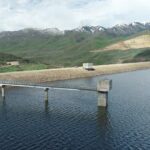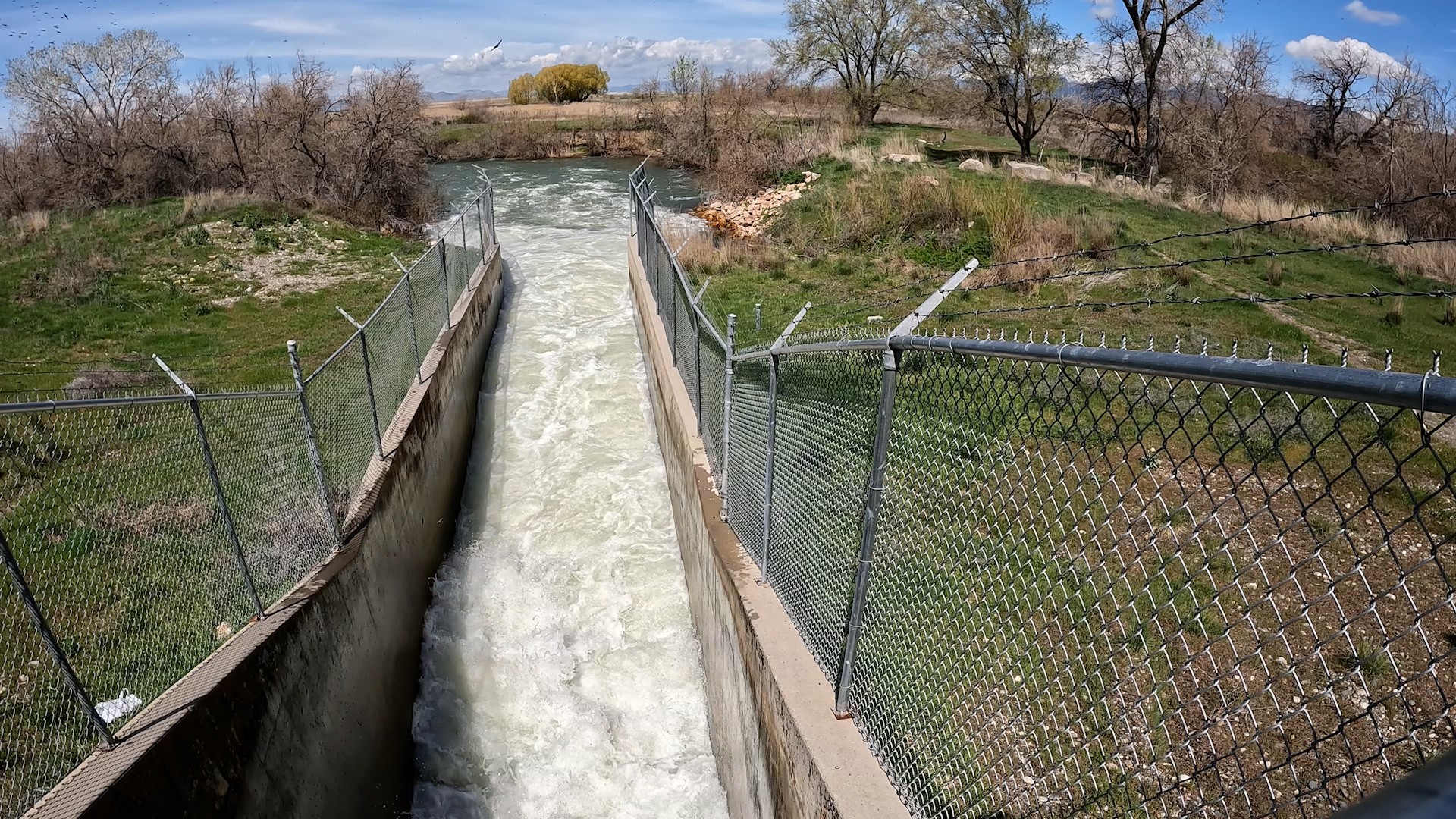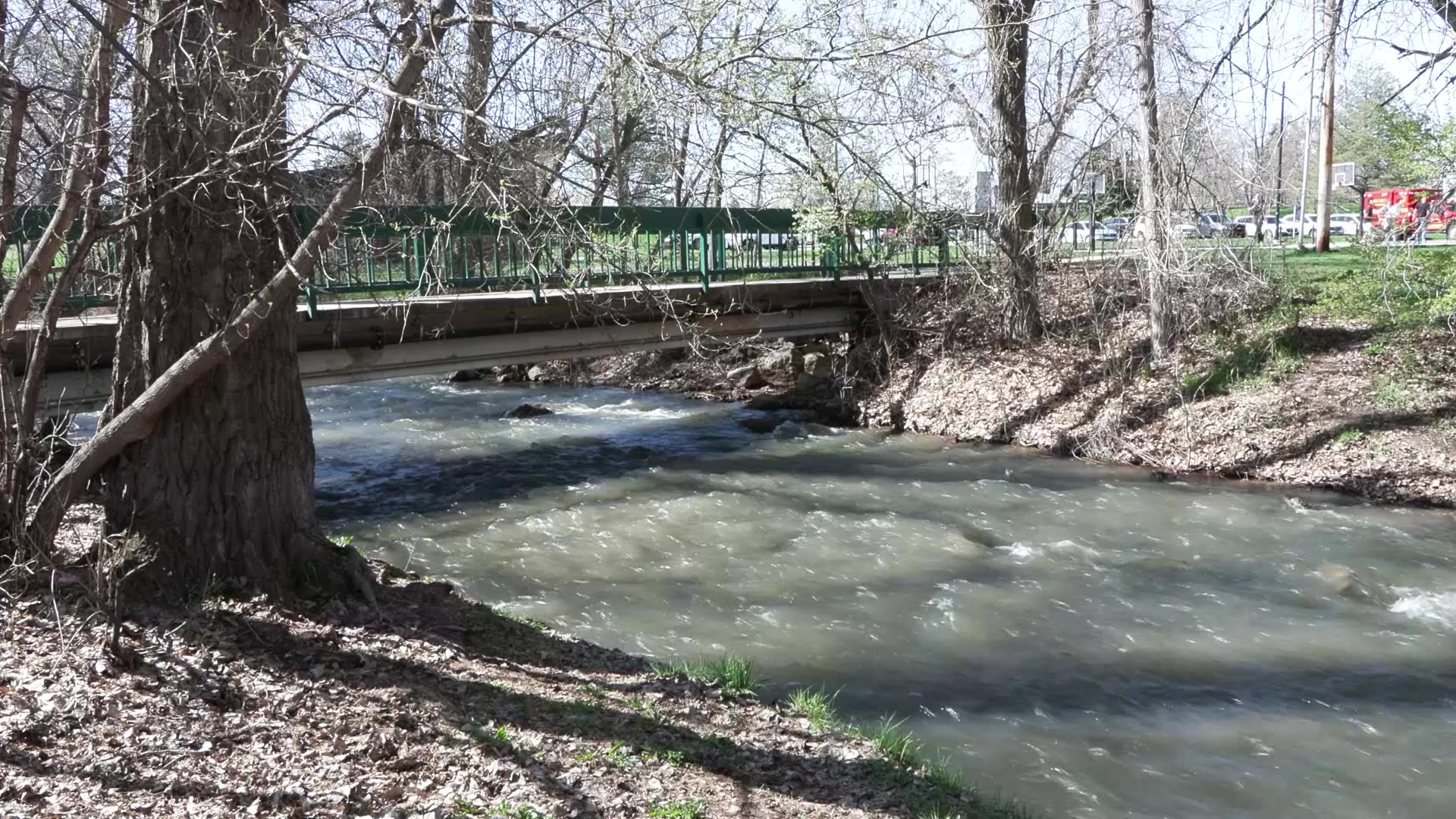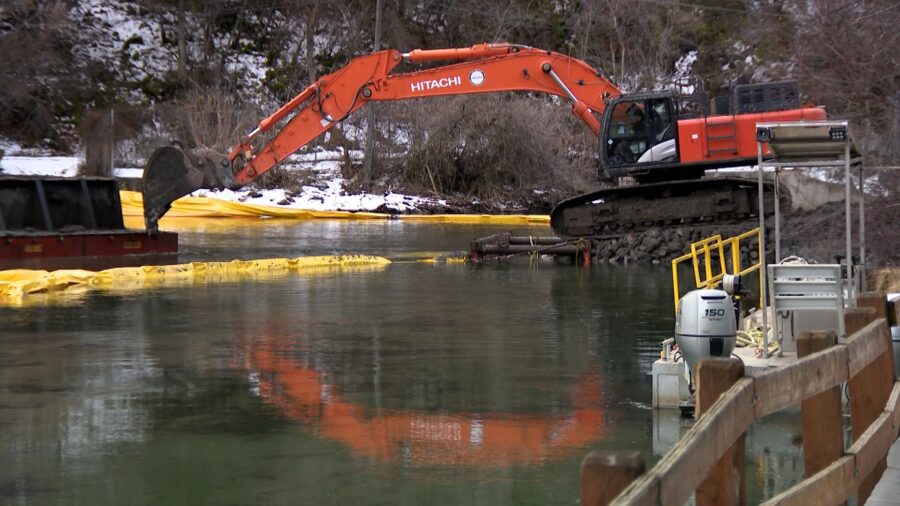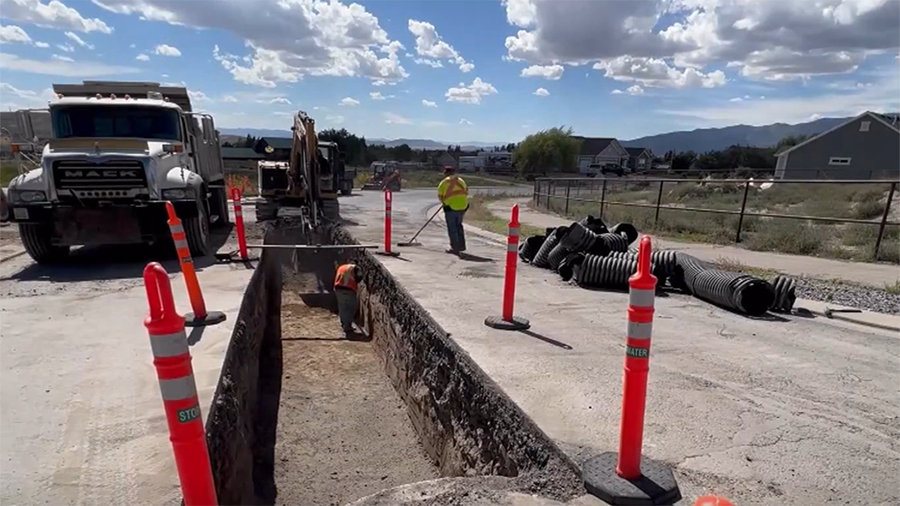Deer Creek, Jordanelle nearing capacity; releasing extra water
May 26, 2023, 10:28 PM
SALT LAKE CITY – Those heading outdoors this holiday weekend will notice that many of Utah’s reservoirs are nearing capacity.
“About 12 feet from being full in Jordanelle Reservoir,” Gene Shawcroft, general manager of the Central Utah Water Conservancy District, said. “In about 10 days—two weeks—we’ll have that full.”
Shawcroft said the water district is trying to time the runoff just right and doesn’t want Jordanelle to fill completely just yet.
“About 12 feet from being full in Jordanelle Reservoir”
Jordanelle could fill in about 10 days. To make sure it doesn’t fill any faster the Central Utah Water Conservancy District is releasing extra water.
Deer Creek Reservoir is technically full and also releasing extra… pic.twitter.com/wWAhXHOHbe
— Ladd Egan (@laddegan) May 27, 2023
“We’ve opened the larger valves to allow more water to come through (the dam) so that we fill Jordanelle at a slower pace,” he said.
The extra water flowing through the dam’s bypass tubes is heading to Deer Creek Reservoir, which is already technically full and also releasing extra water.
“I’d say it’s at capacity,” Chris Gillis of Eagle Mountain said. He was boating at Deer Creek on Friday with his family. “The girls wanted to jump in the water—even though it’s 60-degree water, they jumped in.”
Gillis was excited to see the high water level and said it was a stark contrast to years past.
“Coming around here a lot and seeing how drained it was, it’s kind of scary,” he said. “But after this winter it’s just solid.”
The balancing of the reservoirs requires constant monitoring to capture as much snowmelt as possible while also preventing flooding.
“As the tail end of the water starts to drop off, that’s the timing we like to finish filling our reservoirs,” he said of the runoff.
The high-elevation snowpack in Utah is melting quickly. The low-elevation and mid-elevation snow has already melted and run off into creeks and rivers.
Shawcroft said nearly all of the district’s reservoirs will completely fill this year. Strawberry Reservoir, the district’s largest, will get to about 90% of capacity.
“But for these reservoirs this year, I can’t imagine the flooding that would have occurred,” he said.
Shawcroft added that Mother Nature has thrown Utah two lifelines this year: record snow and a slow warmup.
“Not having all this water come off at once like we did in 1983 and 1984,” he said. “For the most part, we’ve dodged a huge bullet.”
Even when full, the dam operators always leave a little extra space in the reservoirs to catch the water from snow that’s still melting at high elevations and thunderstorms.
“The major peak has come and for the most part we’ve been able to take the top off all of that in a way that has prevented serious flooding,” Shawcroft said. “If we were to get a huge thunderstorm right now, that could cause some concern.”



